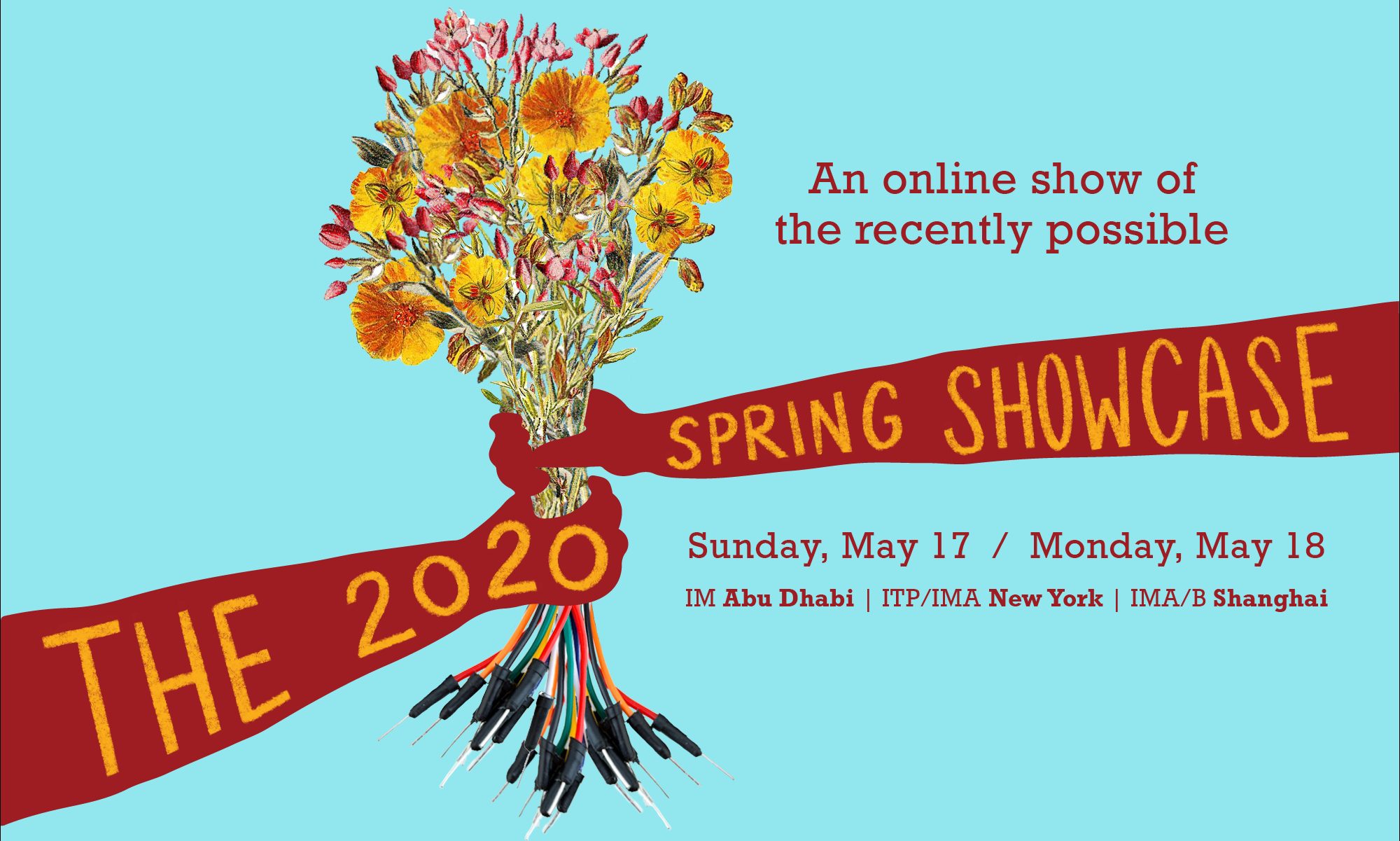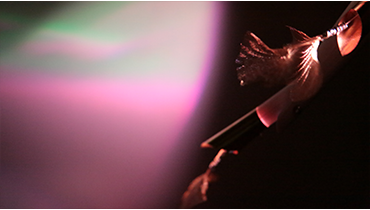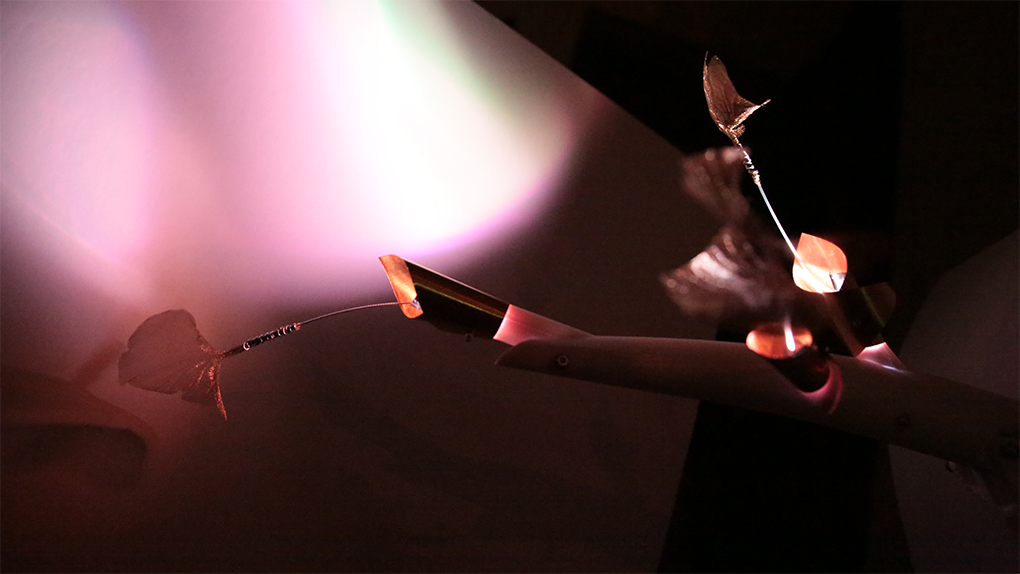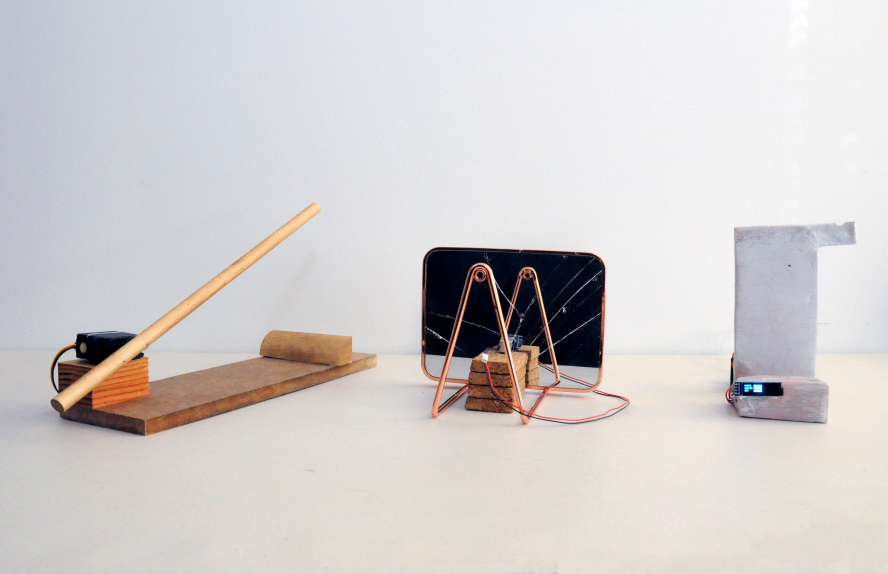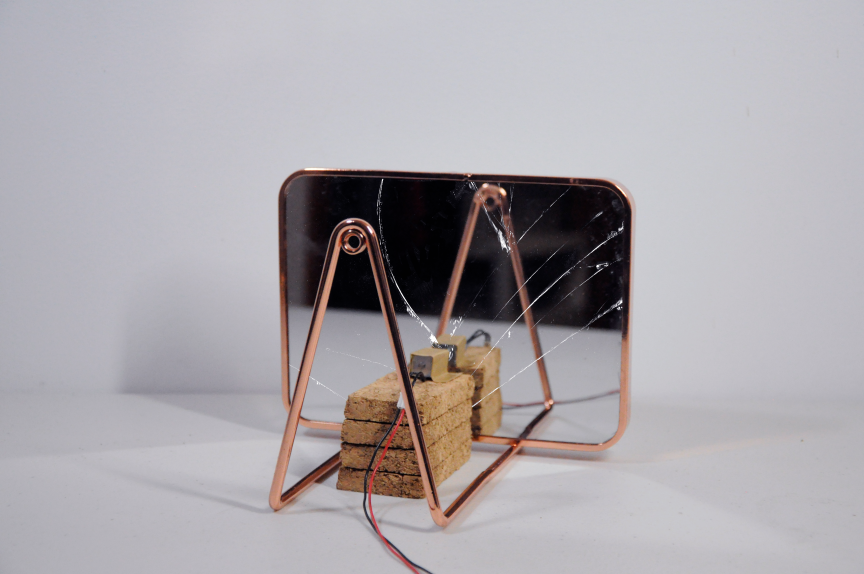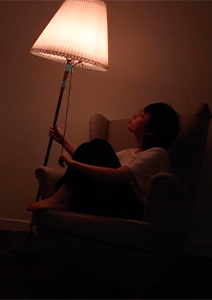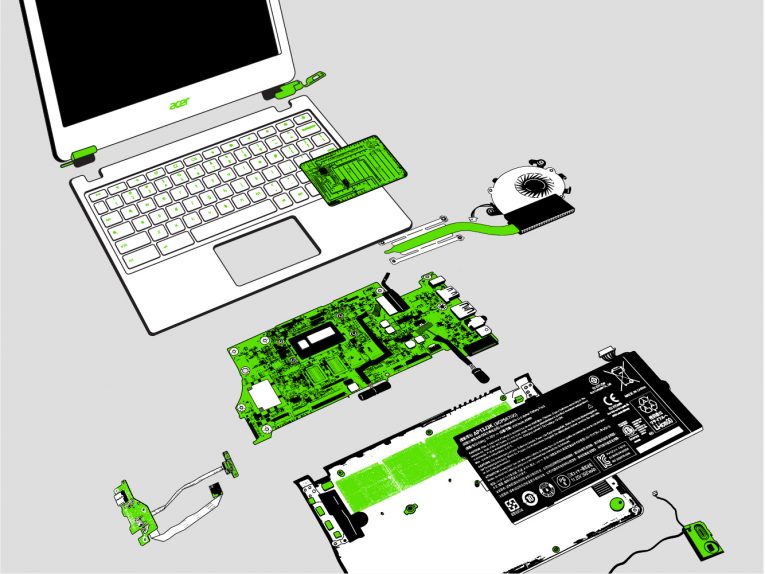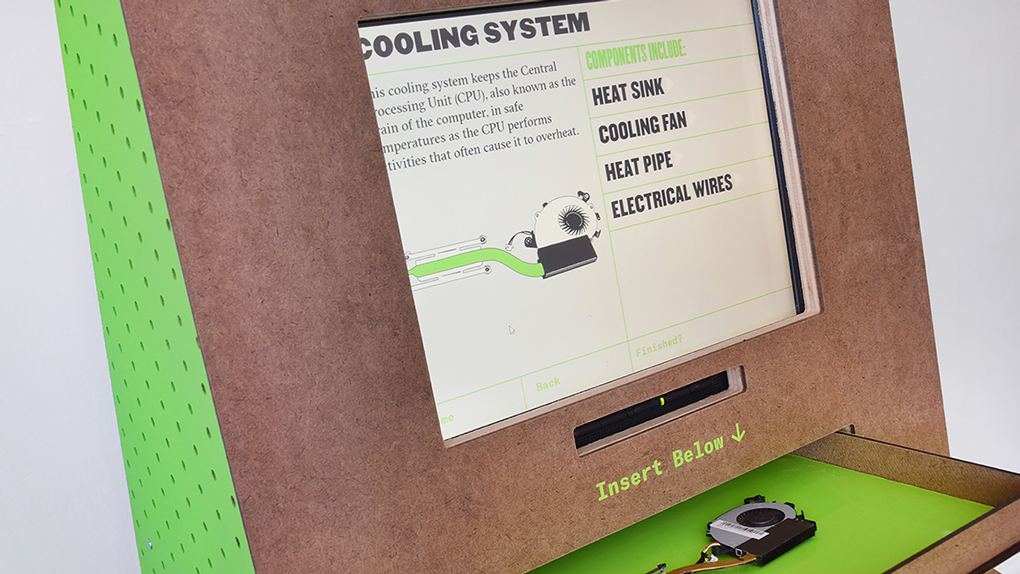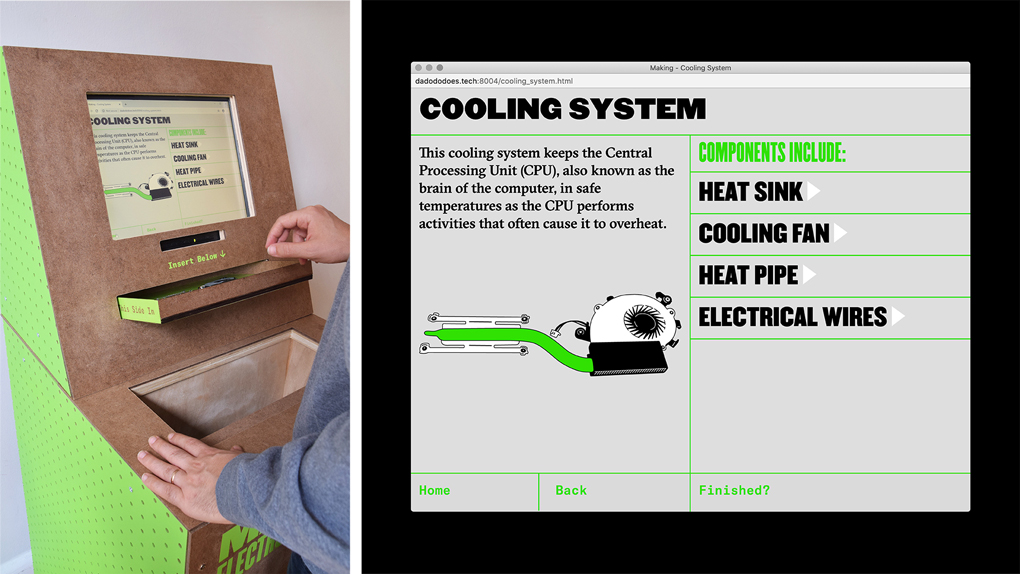Homo ex Humo (Man from dirt) is a memento mori for nature, an interactive sculpture about the human disconnect from nature.
Louise Lessel
Description
In the past few centuries humankind has been systematically removing itself from nature. Today we live in a society where “nature”, is understood as “plants”, “city parks”, or “landscapes”, all of which are sculpted by human hands and must attempt to exist on human terms, at timescales that are ever faster. This installation inverses that relationship, and asks what it would feel like if humans existed in the slow realm, on plant terms. The installation consists of a series of robotic branches protruding from a wall. They react slowly to human presence in the room, and demand people to adjust their movement to exist on their terms, which mimic real natural responses of plants. A failure to slow down will harm the branches and only as the humans leave, will they slowly heal again. Though if a meaningful co-presence is achieved, the branches will thrive and cast the room in a beautiful lumia light.
Presentation:
https://www.youtube.com/watch?v=nIymhbuFpOI
